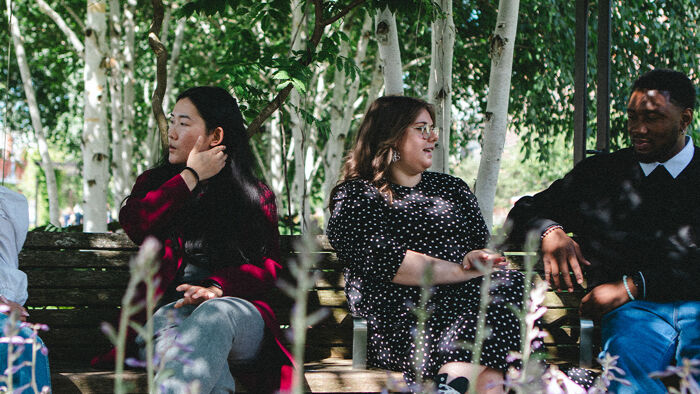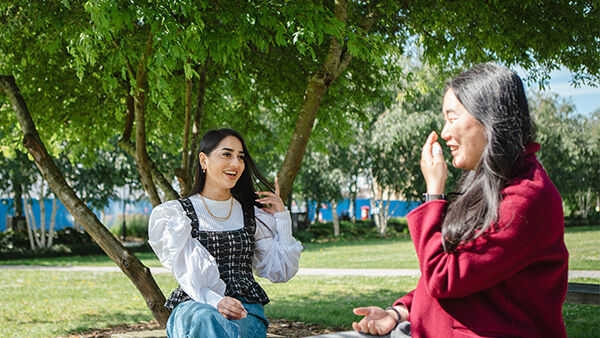PhD Studentships
Funded Postgraduate Research
PhD studentships are PhD funding opportunities supported by the University and organisations, where your research will be actively used in overcoming real-world problems. Contribute to research expertise at BCU and explore current PhD studentships here.
Doctoral Landscape Awards
The AHRC Doctoral Landscape Award is a major new funding scheme from the Arts and Humanities Research Council (AHRC). Its aim is to grow the UK’s capacity for doctoral research in the arts and humanities and to create a vibrant, inclusive research culture.
Birmingham City University is one of 50 universities across the UK awarded funding to support 15 doctoral studentships over five years. At BCU, we will offer six fully funded PhD studentships each year for the duration of the award – three funded by the AHRC and three match-funded by BCU. This represents a major institutional investment in the next generation of researchers and in building a thriving and a diverse research community.

Hear from a final year PhD researcher on the benefits of studying a PhD at Birmingham City University.
Our PhD courses
Find out more about PhD courses on offer across our faculties at Birmingham City University.

Graduate Scholarship
The Graduate Scholarship is a 20% fee reduction available to all BCU graduates (BA, BSc, LLB, MA, MSc, LLM, PGCE) enrolling onto an eligible Master’s or PhD qualification for the first time in 2024/25 or 2025/26.
Researcher Blogs
Hear from our postgraduate researchers on what studying a PhD is like, from career opportunities to effective time management.
Explore researcher blogs
Research Centres
Our research centres consist of groups of experienced academics and postgraduate researchers exploring topics which address key local, national and global challenges.
Explore Research CentresResearch Projects
Solving real world problems with our expertise. Our research talent and drive to add a genuine contribution to knowledge help us make a difference through our work.
Discover our projects